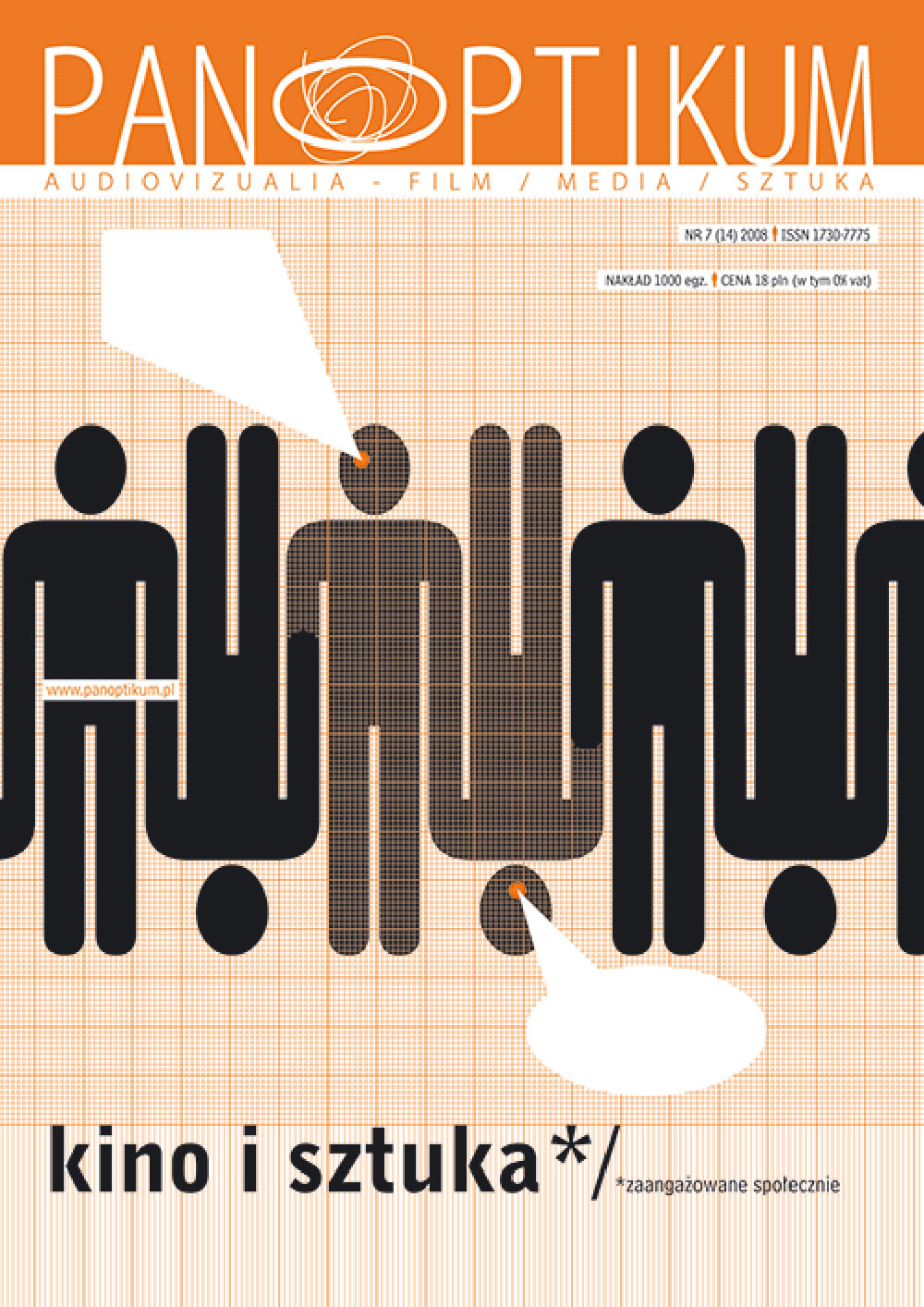Walka o prawa ludności murzyńskiej w USA w optyce kina bezpośredniego. Przypadek The Children Were Watching
Abstrakt
The author analyzes in detail one of the films of the American direct cinema movement - Richard Leacock’s The Children Were Watching, concerning integration of primary schools in New Orleans. Using this particular film as a case study, Przylipiak verifies the basic assumption of film-makers of this movement: the assumption that the cinematic medium has the ability to present reality objectively. The author qualifies their belief that the radical version of mimesis can be controlled by the use of cinematic devices. The problem became especially apparent in the context of their strategy of engaging into social discourse. The act of engagement was to be neutral and based on “pure” observation, free from valuation, using the aesthetics of transparency. Each of those alleged aspects of cinematic record was enabled by technological developments, such as silent camera synchronized with portable sound recorder, high-speed film stock. The central focus of the film analyzed in this text is the issue of racial segregation, the long-lasting problem of American society. The author sets the issue in the American socio-political context, outlining in historical terms the public debate around it, revealing finally the obvious bias of the film-makers of direct cinema movement. Contrary to their declared priority of objectivity, they produced images filtered through propaganda techniques, preceded not only with recording but with intentional use of editing and verbal narration as well.

 Uniwersyteckie Czasopisma Naukowe
Uniwersyteckie Czasopisma Naukowe





